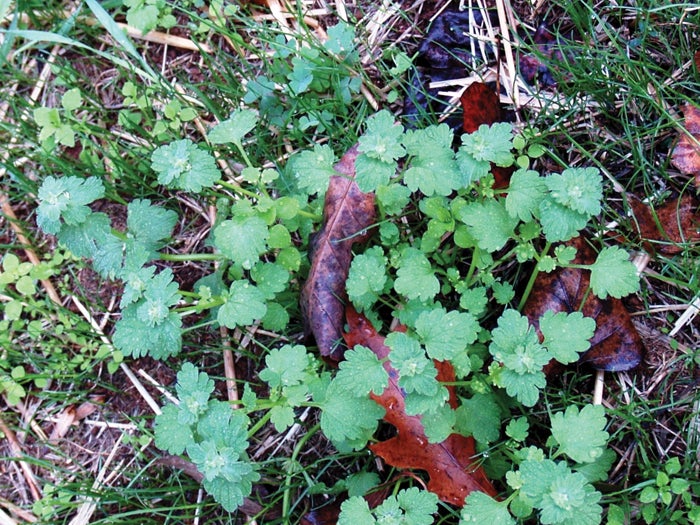Darrell Blackwelder: Spring weed control in fescue
Published 12:00 am Saturday, February 18, 2023

- Winter annual henbit
It’s hard to believe I had to mow my lawn this week. Unusually warm weather has cool season fescue starting to grow. Unfortunately, it’s also instigating winter weed growth at a rapid rate.
Now is the time to control chickweed and other broadleaf weeds. These weeds can be controlled with applications of post-emergence broadleaf herbicides. Herbicide blends containing 2,4-D and dicamba (Trimec, Weed-B-Gon, etc.) work best early in the spring growing season when the weeds are very small. Mature weeds nearing bloom stage makes control much more difficult. Apply these herbicides to infested as soon as possible for broadleaf weed control including wild garlic (onions). A second application is often necessary two weeks after the initial application. Applying over the top broadleaf weed control will not kill or damage fescue.
Rising soil temperatures also requires applies crabgrass and other weed preventers which are normally applied in mid-March to be applied as soon as possible. Crabgrass herbicides are often readily found blended with premium fertilizers or sold as a standalone herbicide. It is important to apply these now to control emerging crabgrass and other weed seedlings in early spring. It is important to note that most preemergence herbicides also impede germination of newly seeded fescue, therefore, if reseeding is necessary this spring, avoid applications of these herbicides.
Darrell Blackwelder is the retired horticulture agent and director with the North Carolina Cooperative Extension Service in Rowan County. Contact him at deblackw@ncsu.edu.





